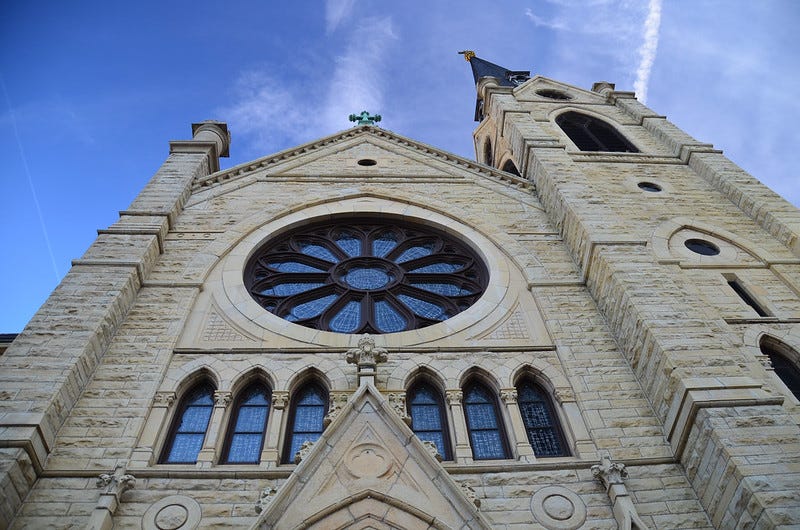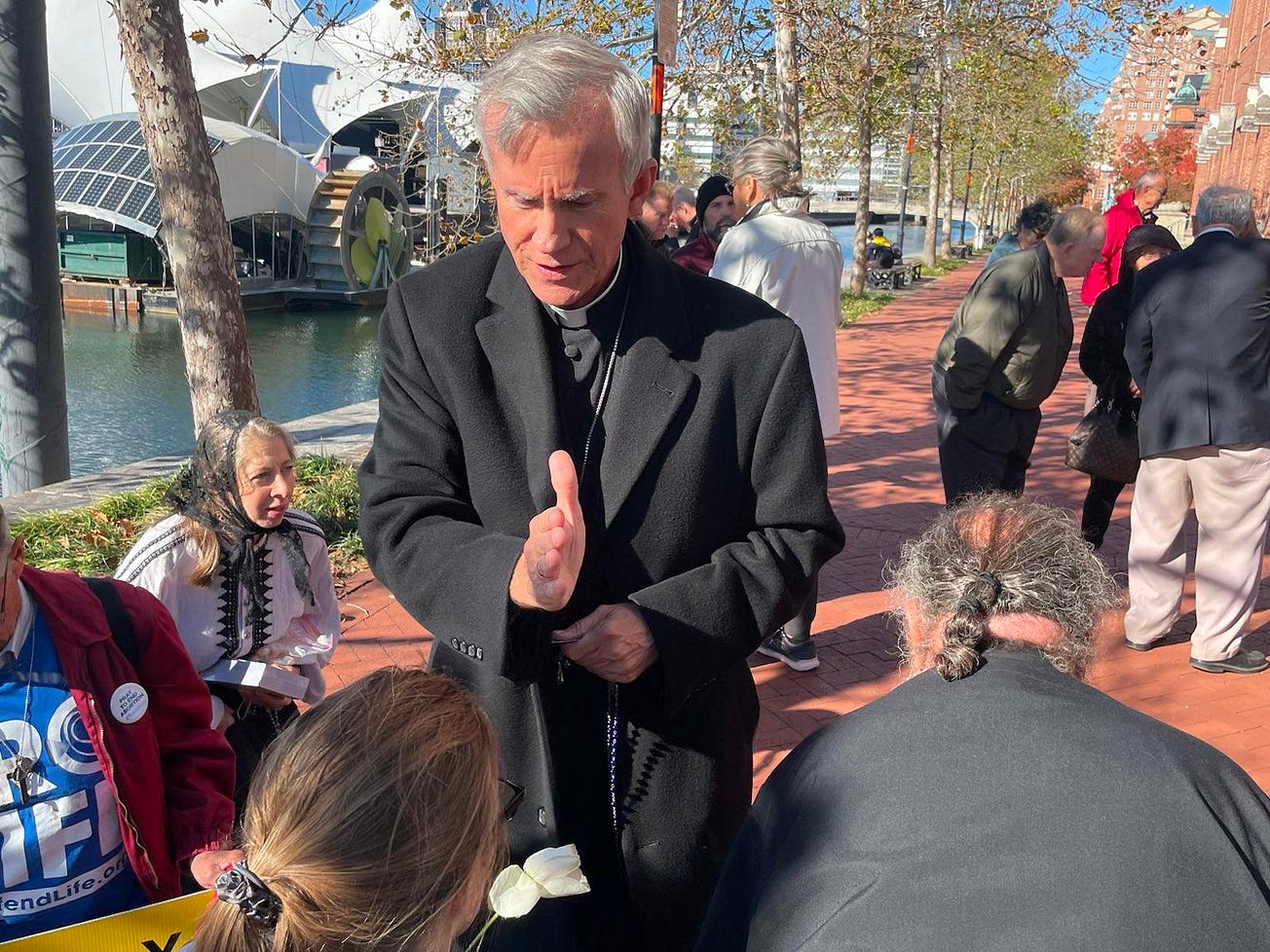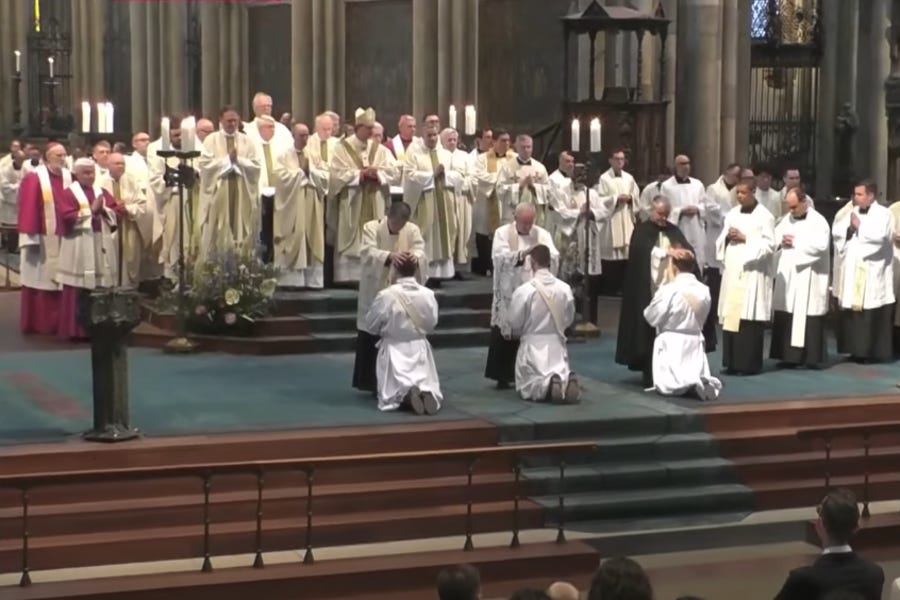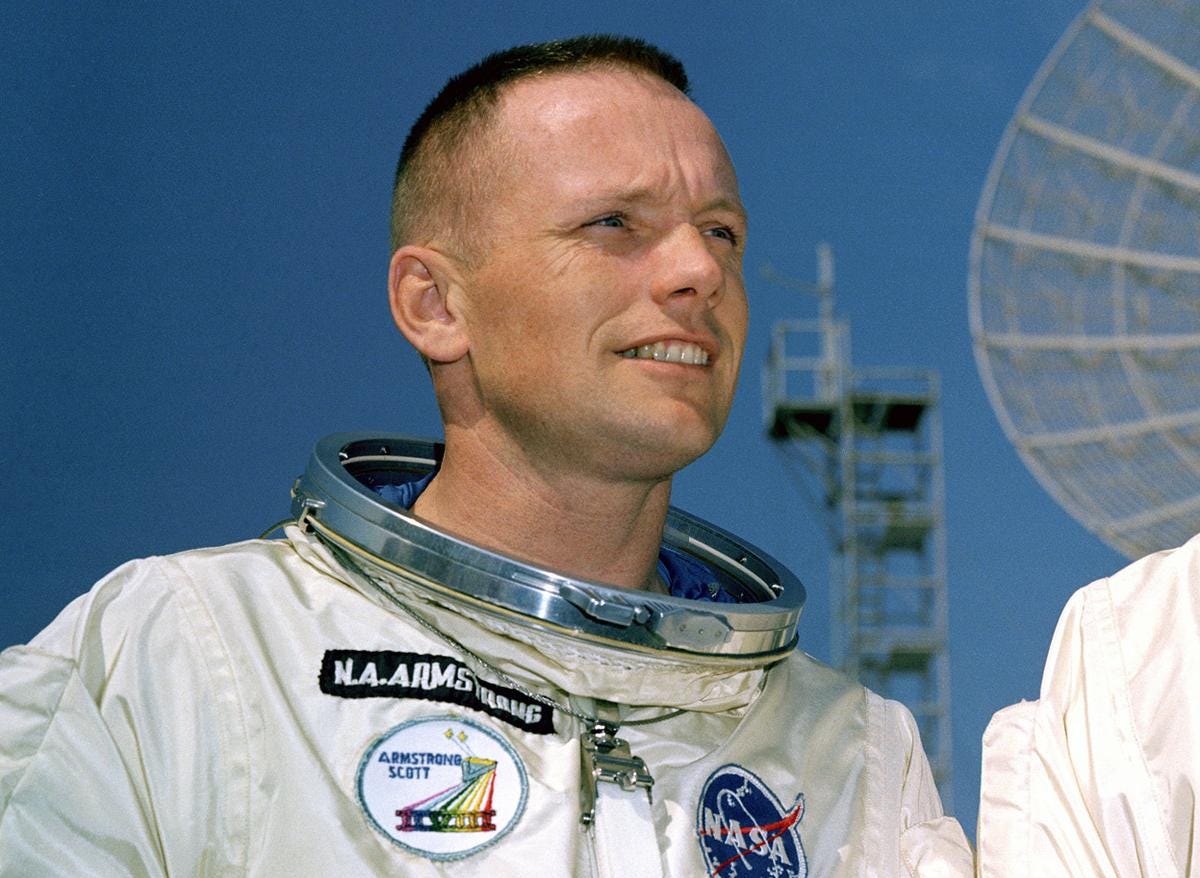After low diocesan participation rates in U.S. diocesan sessions of the Church’s “synod on synodality,” USCCB synod coordinators said this week there is “more to be done” to accomplish the goals of the Church’s listening and discernment process, adding that many U.S. dioceses had little time to organize the local meetings called for last year by the Vatican.
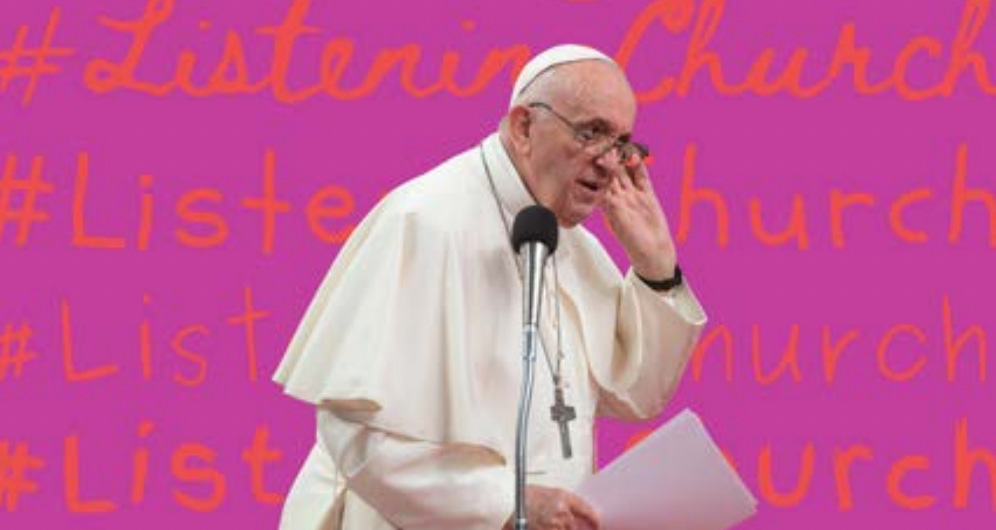
“It’s an ongoing effort,” USCCB synod co-coordinators Richard Coll and Julia McStravog told The Pillar by email this week.
“What dioceses were able to accomplish in a short amount of time was amazing, but we all know there is much more to be done to continue listening to the People of God, especially those not heard from thus far.”
Coll and McStravog lead a team responsible for synthesizing reports from each of the 176 Latin Catholic dioceses in the United States into a 10-page report for the Vatican, a summary of the initial phase of the Church’s two-year synodal process.
The process, announced by Pope Francis last year, aims to involve laity, priests, and religious in discussions and prayer about “synodality” in the life of the Church.
The national synthesis document for which Coll and McStravog are responsible will close the “diocesan phase” of the synodal process, during which each diocese was responsible to invite practicing and non-practicing Catholics into conversation about the notion of “synodality” - prayerful mutual discernment of the will of God - and its role in the Church’s mission.
While the “national synthesis” text was due to the Vatican Aug. 15, the U.S. bishops’ conference was granted an extension — the report is now due at the end of August.
After the Holy See has received reports, it will release an instrumentum laboris - a working document - which delegations of bishops will begin discussing later this year in the “continental phase” of the process. That phase will be followed by a meeting of bishops at Vatican in October 2023, after which the pope will release a teaching document on the concept of synodality.
Has your diocese published its report on the synod on synodality? Find out here.
How many people have taken part in the synod on synodality? Read here.
When he launched the global synod last year, Pope Francis initially expressed hope that synod organizers would reach a broad swath of Catholics, to “pass beyond the 3 or 4 percent that are closest to us, to broaden our range and to listen to others.”
But diocesan synod organizers, both in the U.S. and abroad, more typically noted participation rates closer to 1% of Catholics or lower, and some reports lamented low turnout.
Coll and McStravog were not available for an interview with The Pillar, but they did agree to answer questions by email.
They told The Pillar that “the main obstacle identified by dioceses was time. Many would have preferred to have an expanded timeline for synodal listening and synthesis submission.”
Dioceses were instructed in October 2021 to begin diocesan consultation phases, and urged to complete them, and compile reports, by June 30.
But the USCCB’s coordinators added that even while the timeline seemed tight, many dioceses said those who participated locally wanted to see more frequent listening sessions and consultative meetings.
“The common success reported by the dioceses was a strong desire amongst the People of God to continue the work of listening to one another in a synodal spirit,” Coll and McStravog told The Pillar.
In some dioceses, organizers noted that in addition to low turnout, local listening sessions were characterized by relatively homogenous crowds.
In its report, the Diocese of Pittsburgh explained that “demographically, the majority of parish sessions saw greatest participation from Caucasian adults, with more women than men in attendance, and an average age of 60 and over,” the Pittsburgh report explained.
At a May meeting of “50 diverse individuals from across the [Pittsburgh] diocese,” participants:
“were encouraging of the synodal process as a whole. They pointed out, however, that most of the people the Church needs to reach did not participate in the process and it should be kept in mind that the majority of perspectives which were heard came from a similar group of people, that is, individuals who were over 60 years old and who frequently attend Church,” the Pittsburgh diocese reported.
Another diocese, the Archdiocese of Omaha, reported that more than 52% of its participants were older than 50, and nearly 30% were more than 65 years old. While 22% of participants in that diocese were between 13 and 18 years old, the archdiocese noted that Catholic school students were encouraged to participate by questionnaire, which likely contributed to their representation.
The Archdiocese of San Francisco reported that fully 82% of participants who attended listening sessions were at least 51 years old, and 63% of those who filled in questionnaires were older than 55. Sixty-seven percent of all participants were women, and while Hispanic Catholics constitute nearly 40% of the archdiocesan population, they made up less than 20% of synod participants.
The Archdiocese of Washington also noted that “despite the Hispanic Catholic population being 30-40% of the Archdiocese, there was significantly less Hispanic input in the listening sessions than expected.”
In response to questions about diversity of participants, Coll and McStravog emphasized an “ongoing effort” will be needed to “continue listening” to a wider audience. They did not specify what that effort might entail, or whether the bishops’ conference would encourage additional listening sessions or engagement strategies.
The Pillar asked Coll and McStravog whether the USCCB would conduct independent consultations to reach groups underrepresented in the diocesan reports, and whether the national synthesis documents would address participation rates or outline the demographics of participants.
The USCCB organizers explained that the synod process “is a spiritual endeavor, not a scientific endeavor; it requires prayerful discernment rather than quantitative analysis. USCCB did not require a standardized method of reporting demographics. Each diocese adapted the [Vatican’s synod instructions] as was befitting for their gifts and challenges in community.”
Speaking at the Vatican on Friday, a cardinal with a central role in the synod also commented on participation in the initial phase of the two-year process.
Cardinal Jean-Claude Hollerich, who will serve as general rapporteur of next year’s Vatican session of the synodality synod, was positive about the number of Catholics who have taken part in consultation sessions, and said initial figures suggesting low participation were only estimates.
“From all these data, I am convinced that we are facing an ecclesial dialogue without precedent in the history of the Church, not only for the quantity of responses received or the number of people involved (which to some who want to rely solely on numbers - which can only be approximate - may seem limited) but also for the quality of participation,” the cardinal said.
As they organize their national synthesis, Coll and McStravog told The Pillar that diocesan synod documents offered some consistent themes from participants.
“Welcome, faith formation, and the hope for further opportunities to be formed in a synodal spirit were consistent themes that emerged in the diocesan phase of the Synod,” Coll and McStravog explained.
“The People of God have expressed sincere appreciation and a strong desire to continue synodal discernment in their parishes and dioceses,” they added.
“An important lesson for the Church from the synodal process in the US is that practicing of attentive listening, spiritual encounter, and communal discernment is a spiritually enriching endeavor that brings us closer to Jesus Christ, and which Pope Francis invites us to experience as a ‘season of grace.’”
The organizers also mentioned the importance of prayer.
“Every synthesis went through a process of listening and discernment on the part of the drafters. Documents from listening sessions to the National Synthesis were all created in a spirit of deep prayer and encounter with Jesus Christ, listening to the Holy Spirit, and discerning God’s will,” they said.
Coll and McStravog did not respond to questions from The Pillar about the cost of the synod on synodality project at the U.S. bishops’ conference, which has tightened its belt in recent years amid a series of financial challenges.

